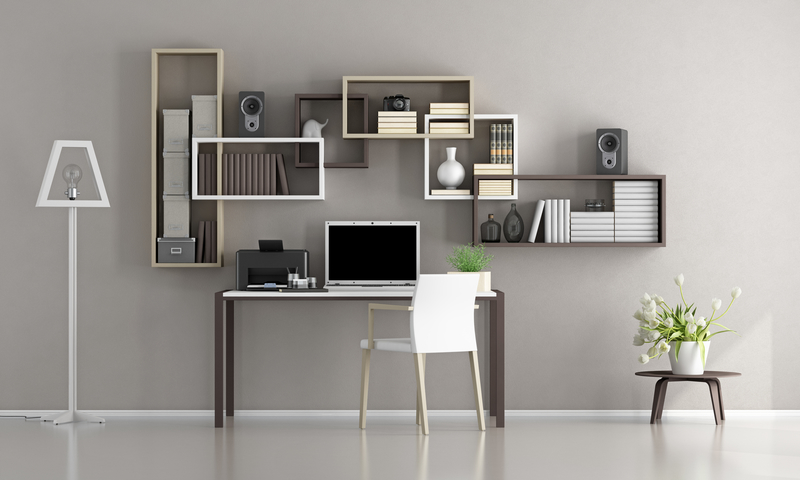
The minimalist aesthetic, characterized by simplicity and uncluttered spaces, has become a popular design approach. It’s more than just a visual style; it’s a philosophy that can enhance mental well-being by reducing clutter and chaos in our living spaces. For a residential and commercial cleaning company’s audience who appreciates a clean and serene home environment, adopting a minimalist approach can align perfectly with these values. Here’s how to create a minimalist look in your home.
Use White Space
White space, or negative space, refers to the unoccupied areas in a room that are free from furniture, decor, or any visual distractions. Utilizing white space is a powerful tool in minimalist design, allowing the eye to rest and creating a sense of calm and spaciousness. To incorporate white space in your home, consider arranging furniture with more open areas between pieces and limiting the number of decorative items on walls and surfaces. Use neutral colors like white, beige, or light gray, as they enhance the sense of space and simplicity. The idea is to create a balanced composition where every element has a purpose, and nothing feels overwhelming or unnecessary.
Start Decluttering
Decluttering is at the heart of minimalism, as it involves removing excess items that don’t serve a functional or aesthetic purpose. Most people never use 80% of the items they accumulate, and this clutter can create stress and a sense of disorder. Begin by assessing each room and identifying items that are no longer needed or used. Sort them into categories for donation, recycling, or disposal, and be honest about what truly adds value to your life. Keep only the essentials and items that resonate with your aesthetic preferences. Regularly decluttering ensures that your home remains in line with the minimalist philosophy, promoting a sense of peace and order. It’s not just about removing physical objects but also clearing mental clutter, leading to a more harmonious living environment.
Make New Purchases Mindfully
Adopting minimalism also involves being mindful of future purchases. Every new item should be carefully considered, ensuring that it aligns with both your practical needs and aesthetic preferences. Ask yourself whether the item is necessary, how it will fit into your space, and whether it aligns with your minimalist goals. Opt for quality over quantity, choosing pieces that are well-made and designed to last. Emphasize functionality and choose items that can serve multiple purposes or can be easily stored when not in use. Avoid impulsive shopping, and instead, take the time to research and select products that contribute to your minimalist home’s overall design and functionality. Being thoughtful with purchases helps maintain the clarity and simplicity that minimalism promotes.
Creating a minimalist home involves a thoughtful approach to design, decluttering, and consumer habits. Embracing white space allows for a visual calmness that fosters relaxation and well-being. Regular decluttering keeps your home free from unnecessary items, enhancing the sense of order and tranquility. Mindful purchasing ensures that every item in your home serves a purpose and contributes to the minimalist aesthetic. This way of living offers more than just a stylish home; it promotes a lifestyle that values quality over quantity, simplicity over complexity, and mindfulness over consumerism. By following these guidelines, you can transform your home into a minimalist haven that reflects these values, offering a serene and refreshing space to live and thrive.
Did You Enjoy Reading This Article? Here’s More to Read: What to Clean Around the House as it Gets Hot
